'The Lathe of Heaven' by Ursula K. Le Guin
'What sane person could live in this world and not be crazy?'—Review #185

When I reviewed ‘Dune’ last year, a friend and BoG reader named Mo posted a comment requesting we feature Ursula K. Le Guin in an upcoming newsletter. I thought it wasn’t that long ago when I reviewed ‘The Dispossessed,’ but turns out that was Review #17 from 2016! I don’t remember exactly how I got turned onto ‘The Lathe of Heaven,’ first published in 1971. Maybe it was mentioned on Twitter? I would see it in The Strand all the time, but I don’t like its current cover design, so it became one of the books I searched for in used bookstores. When I saw this weird 1990s edition online, I grabbed it.
Here’s the cover:
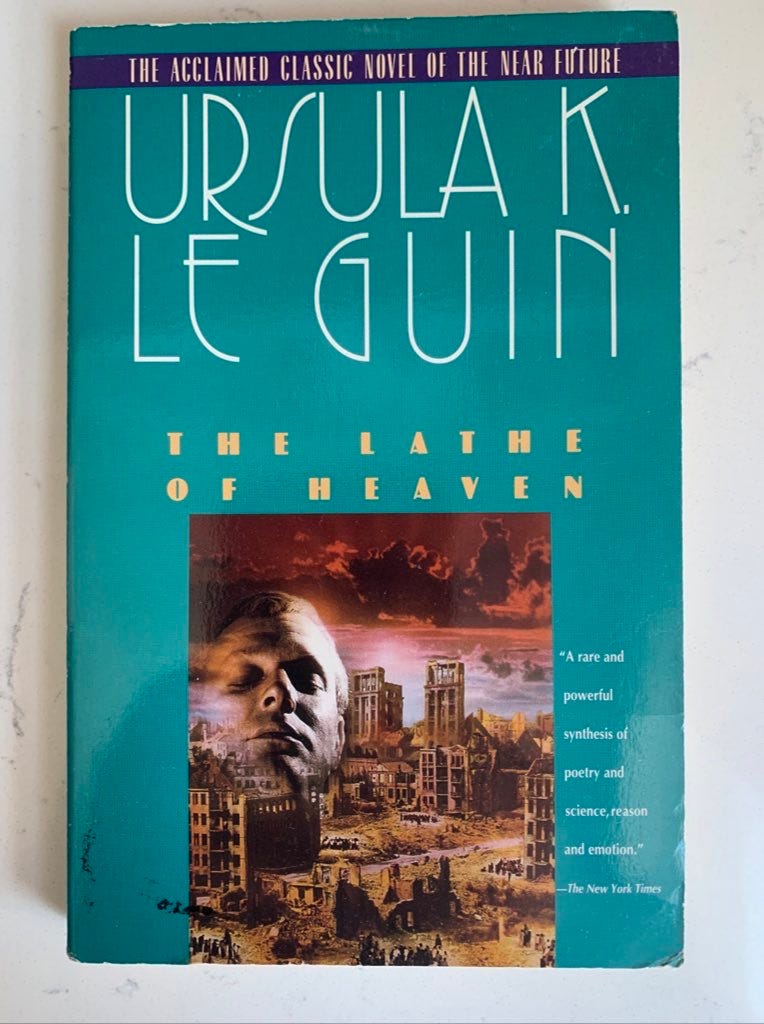
George Orr has dreams that change reality. He realizes he has this power when an annoying aunt crashes at his family’s place, and he desperately wants her to leave. One night, he dreams she dies in a car accident, and wakes up to learn that she died in a wreck six months earlier and had never stayed with his family at all. Only George remembers the previous timeline. Freaked out by this, he takes prescription drugs to prevent him from dreaming, but he gets busted for scamming the pharmacy to get more than his allowance. Pharmaceuticals and most everything else are rationed because George’s near-future world (set in Portland, Ore., in roughly the year 2000) is overpopulated, polluted and environmentally wrecked, like:

George is ordered by the authorities to see a therapist and is assigned to Dr. Haber. George describes his dream power to the skeptical Dr. Haber, who instead believes George has some deeply rooted fear of dreaming. He assures George that a regimen of hypnotism-induced sleep combined with use of a special machine that does brainwave stuff, called the Augmentor, should cure him. In an early session, Dr. Haber suggests George dream about an image of Mount Hood on his office wall. When George wakes, the image has changed to a horse. Dr. Haber sees the change, but doesn’t let on that he remembers the previous reality, too. Dr. Haber sees the tremendous potential to manipulate George’s power to elevate his own professional stature, acquire land, reshape cities, as well as to end war, racism and overpopulation. He’s like:
Dr. Haber’s journey made me think of Gandalf, when Frodo tries to give him the One Ring and he says:

Gandalf’s fear is he would use the ring’s power out of a desire to do good, but only evil would result. Dr. Haber should have been more like Gandalf. I won’t say any more about what results from George’s dreams, but:

Le Guin did a great job making the multiple realities easy to grasp, and I loved the way she subtly blended the new changes into the old world. In one example, George and his lawyer/love interest, Heather, go out to dinner, and as they walk to a well-known neighborhood restaurant, they slowly realize it’s not in that location anymore, a whole other building has taken its place, and maybe it never really existed in the first place. I feel like that walking around New York sometimes:
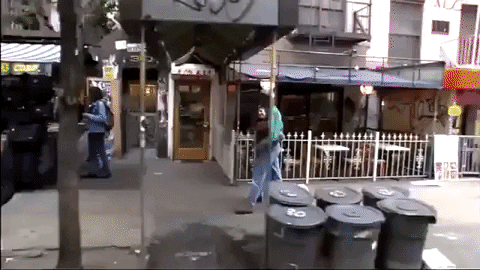
‘The Lathe of Heaven’ is a compelling and entertaining warning about the perils of unchecked hubris that’s perfectly suited for our era of powerful men who believe they alone can fix the world. (It’s also in step with our cultural moment where two films featuring multiple realities are in theaters: ‘Dr. Strange and the Multiverse of Madness’ and ‘Everything Everywhere All at Once.’) Thanks again to Mo for recommending Le Guin. If you’re looking for a quick sci-fi read that’s fun, thought-provoking and has an important message, you should read this book.
How it begins:
Confucius and you are both dreams, and I who say you are dreams am a dream myself. This is a paradox. Tomorrow a wise man may explain it; that tomorrow will not be for ten thousand generations.
—Chuang Tse: II
Current-borne, wave-flung, tugged hugely by the whole might of ocean, the jellyfish drifts in the tidal abyss. The light shines through it, and the dark enters it. Borne, flung, tugged from anywhere to anywhere, for in the deep sea there is no compass but nearer and farther, higher and lower, the jellyfish hangs and sways; pulses move slight and quick within it, as the vast diurnal pulses beat in the moondriven sea. Hanging, swaying, pulsing, the most vulnerable and insubstantial creature, it has for its defense the violence and power of the whole ocean, to which it has entrusted its being, its going, and its will.
But here rise the stubborn continents. The shelves of gravel and the cliffs of rock break from water baldly into air, that dry, terrible outerspace of radiance and instability, where there is no support for life. And now, now the currents mislead and the waves betray, breaking their endless circle, to leap up in loud foam against rock and air, breaking…
What will the creature made all of seadrift do on the dry sand of daylight; what will the mind do, each morning, waking?
My rating:

‘The Lathe of Heaven’ by Ursula K. Le Guin was first published by Charles Scribner’s Sons in 1971, and by Avon Books in 1997. 175 pages. $15.64 at Bookshop.org.
What’s next:
Before you go:
ICYMI: Review #184
Read this: ‘Ngūgī in America’ is a profile in The Atlantic of Kenyan author Ngūgī wa Thiong’o. I had planned to review one of his novels, ‘A Grain of Wheat,’ later this summer, and I’m more excited for it after reading this article. One detail that stood out was his imprisonment in Kenya for writing a play authorities deemed dangerous. While in prison, he vowed not to write in English and to use his native language instead as an artistic strike against colonialism, and he began writing a novel on toilet paper. His insights about colonialism’s legacy in literature are fascinating, like:
Staring up at the road sign for Cambridge, Ngũgĩ recalled that T. S. Eliot, an American, fled to England to immerse himself in the works of European writers in order to better understand and master literature. “But this misses the obvious,” he said. “The American tradition is already here. It’s with the Native Americans, and then later the African American and Euro American. The American tradition is really a fusion of all these. But this is not reflected in America, because of colonization. In a way, hierarchy is always what we’re talking about.”
Watch this: ‘The Line Between’ is a terrific newsletter by artist Coleen Baik that’s about her ‘hand-painted animation and life in NYC.’ She recently finished a wonderful animated short film called ‘Chamoe,’ and you should watch it. Here’s the link and a preview:
 Happy Mother’s Day! After a YEAR of painting, my animated short Chamoe is now live. See the full film at: vimeo.com/colbay/chamoe I celebrate all mothers with this little film! I hope it brings 2 min of light and warmth to many moms out there today ❤️ #chamoefilm #MothersDay
Happy Mother’s Day! After a YEAR of painting, my animated short Chamoe is now live. See the full film at: vimeo.com/colbay/chamoe I celebrate all mothers with this little film! I hope it brings 2 min of light and warmth to many moms out there today ❤️ #chamoefilm #MothersDay
Thanks for reading, and thanks especially to Donna for editing this newsletter!
Until next time,
MPV





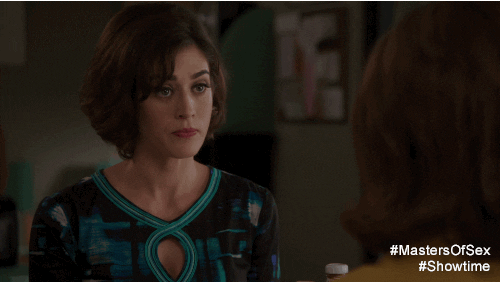
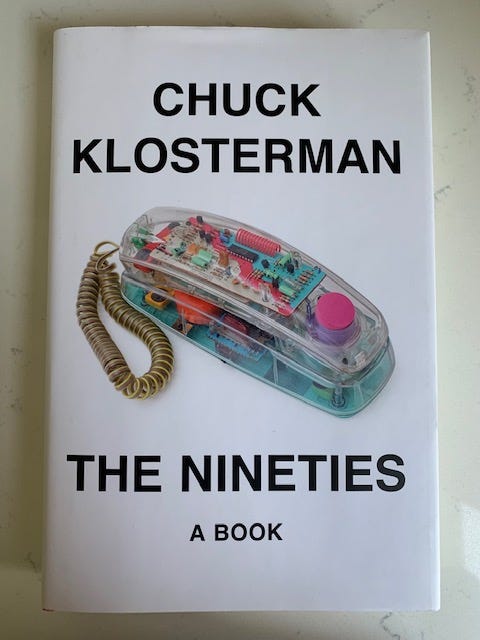

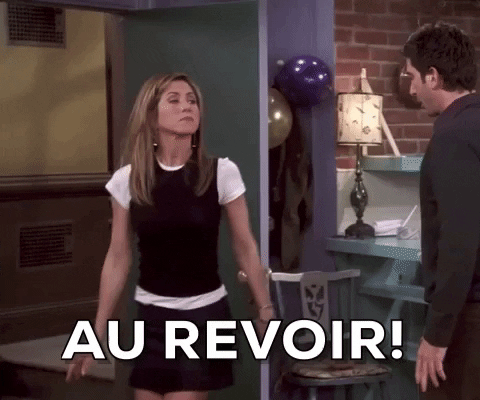
I've always wanted to get into Le Guin, tried to read The Left Hand of Darkness a while back but never finished. The Lathe of Heaven seems more relatable to me so maybe I'll put this on my list...And I was pleasantly surprised to see your kind words about my animated short—thank you so much!!